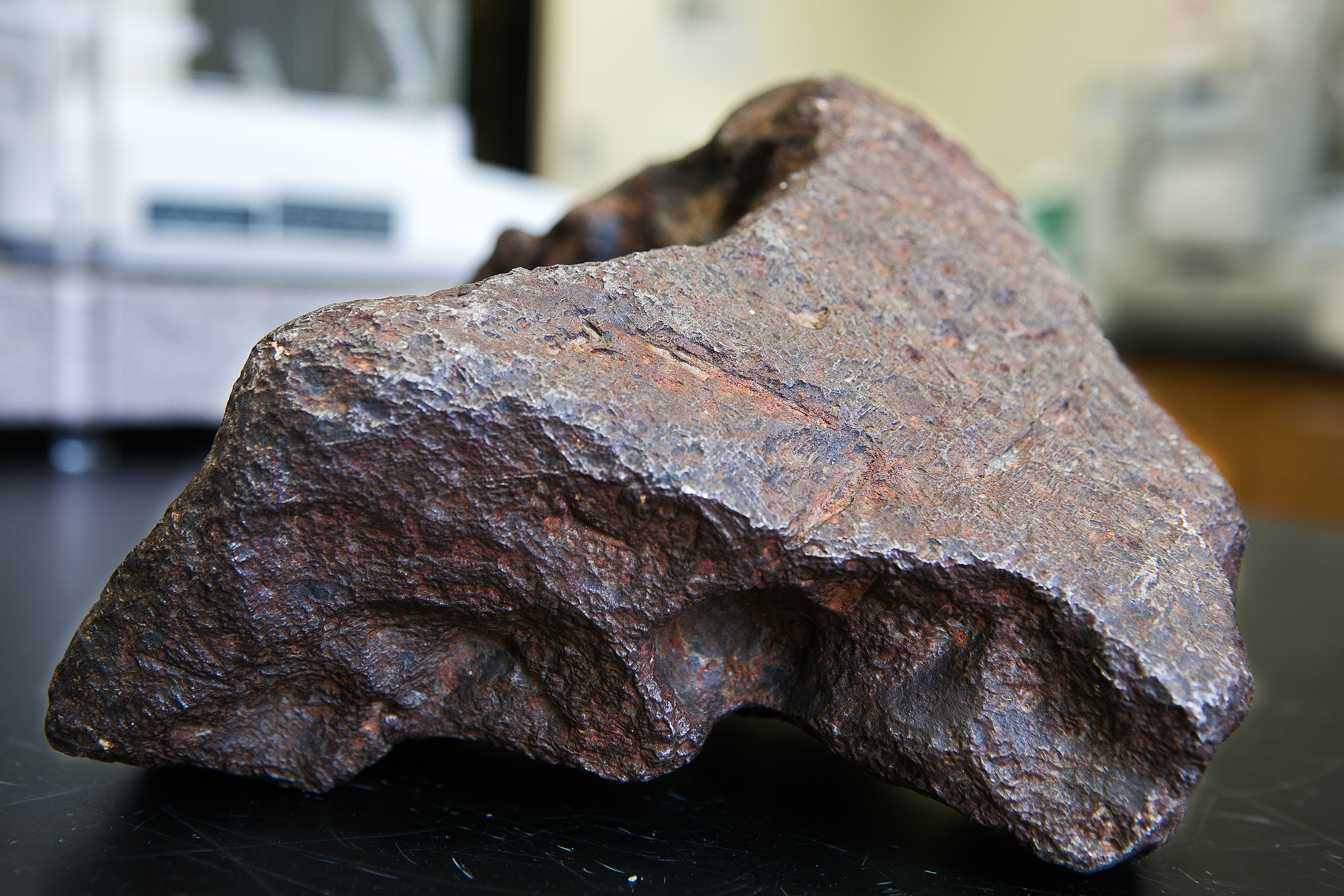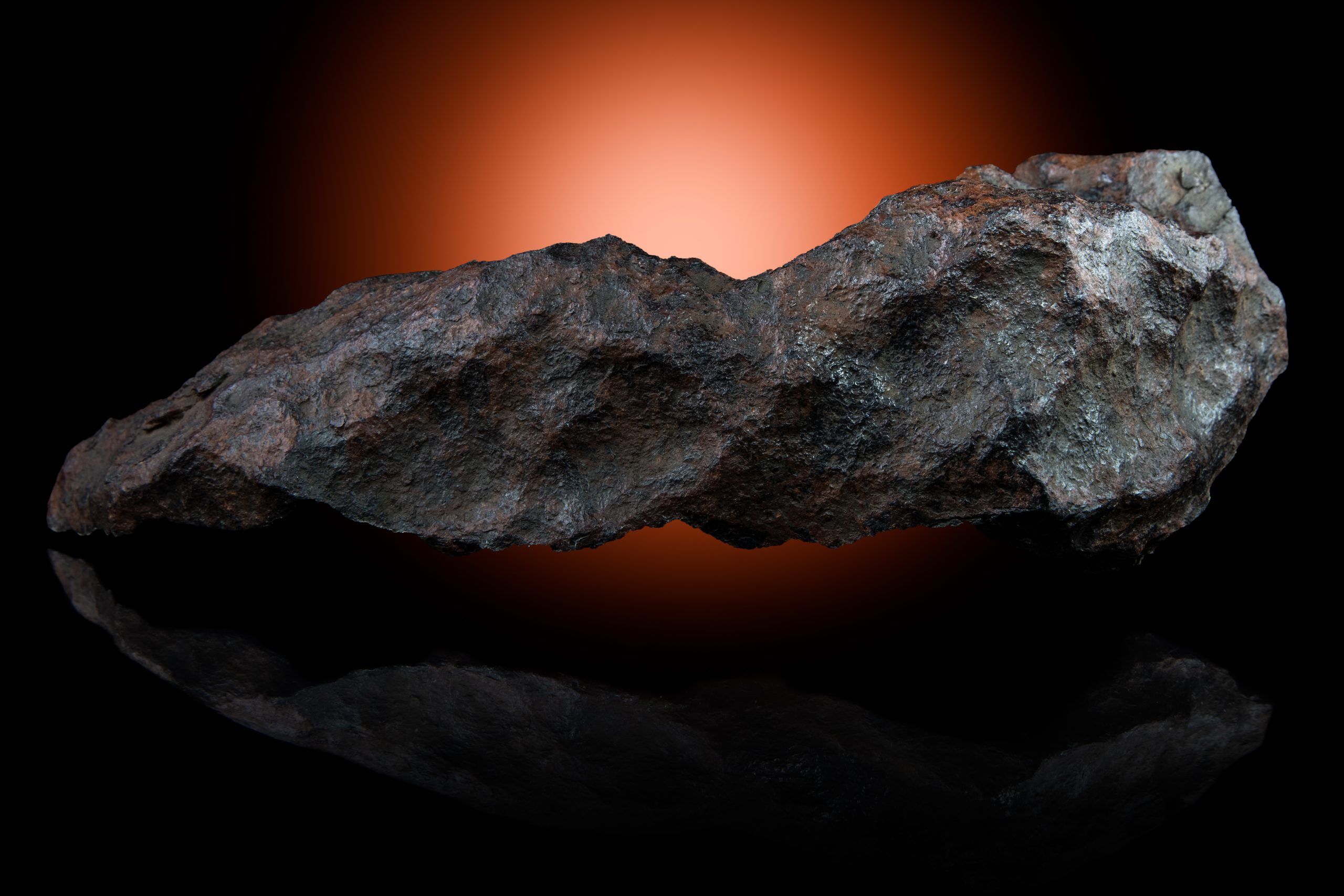
Learn more about meteorite types from Arizona State University's Center for Meteorite Studies.An image gallery of meteors and meteorites from NASA.It's so big that it's never been moved and is now part of a tourist attraction. It weighs 60 tons (54 metric tons) and was found on a farm in Namibia. The explosive event was captured by dashboard cameras all over the region.Īnd the Hoba meteorite is the largest known meteorite. Other recent famous meteorites include chunks from the 2013 meteor that burned up over Chelyabinsk in Russia. But subsequent evidence seemed to contradict the discovery, and to this day, nobody completely agrees on what was found inside the meteorite, as reported. The Allan Hills 84001 meteorite, which originated on Mars, made a big splash in 1996, when scientists said they'd found evidence of ancient bacteria hiding inside it. (Image credit: Wikimedia Commons)Īmong the most famous fallen space rocks is the Murchison meteorite, which fell to Earth in 1969 and has since been well-studied because it is rich in organic compounds. The Murchison meteorite has at least 75 amino acids in it. Dedicated meteorite hunters scour remote places in search of fallen space rocks so that scientists can study these objects and because eager collectors will pay good money for rare specimens. called the All Sky Fireball Network, which looks for bright streaks in the night sky so that researchers can better understand where and how often meteorites fall to Earth. A meteorite is a celestial object (made of rocks and metals) that enters the atmosphere of the Earth and reaches the surface. NASA operates a system of cameras across the U.S. Some of these meteorites originated on the moon or Mars and have therefore given scientists insights into different bodies in the solar system. Only around 8 percent of meteorites fall into either of these categories, according to "Meteorites and the Early Solar System II," a book from the Lunar and Planetary Institute in Houston (University of Arizona Press, 2006). Metallic meteorites contain mostly iron and nickel, while stony-metallic meteorites are made from both rocky and metallic material. iron meteorite found in the Arizona desert was bought at an online auction for $237,500. However, there is a second population of meteors associated with dust released along the orbit of a comet.A 70-lb. So all three terms describe the same object. And if it reaches Earth’s surface, it becomes known as a meteorite.

Once it enters Earth’s atmosphere, the object is called a meteor. The planet has the same mass as Earth but has a radius that is 90 of Earth's (where Earth's radius is approximately 6370 km). A meteoroid is an object that travels through space, such as a rock or even a dust particle. Their origin is mostly related to asteroids. A meteoroid is in a circular orbit 600 km above the surface of a distant planet. They belong to what is called the sporadic meteors. Most meteors can occur at any time and in any direction. A meteor is the streak of light that you see in the sky when a small piece of cometary or asteroidal material enters the atmosphere at high speed and burns up.

Only large meteoroids can give rise to meteorites which are therefore quite rare. It is considerably smaller than the size of the initial meteoroid. A meteoroid is a small rocky or metallic body traveling through space, an asteroid is a small celestial body that revolves around the sun, and a meteor is. If a meteor reaches the ground, then it is called a meteorite.Ī meteorite is a solid piece of debris which has survived the passing of a meteoroid through the Earth’s atmosphere and falls on the ground. It typically occurs between altitudes of ~ 120 and ~ 80 km. The visible phenomenon due to the flight of a meteoroid through the atmosphere is called a meteor, also known as 'shooting star'.

Many of these fall into the ocean (since about 71 of Earth’s surface is. If the object survives the trip and falls to Earth’s surface, it is known as a meteorite. That causes it to glow, and if this happens at night, we see a long streak of light known as a meteor. What is a meteor?Ī meteoroid is thus a particle of debris in the Solar System. As a meteoroid travels through our atmosphere, it is heated by friction. Sometimes they are in a collision orbit with Earth and enter our atmosphere. Meteoroids travel around the Sun in a variety of orbits and with velocities ranging from ∼ 11 to ∼ 72 km/s. Meteoroid in common language can refer to the rock in space and meteor can refer to what the rock is when it enters the atmosphere. A meteoroid is a solid object moving in interplanetary space, of a size considerably smaller than an asteroid and considerably larger than an atom. A meteor refers to the flash of light we see in the sky and the meteoroid is the actual debris that makes the light from entering Earth at high velocities.


 0 kommentar(er)
0 kommentar(er)
